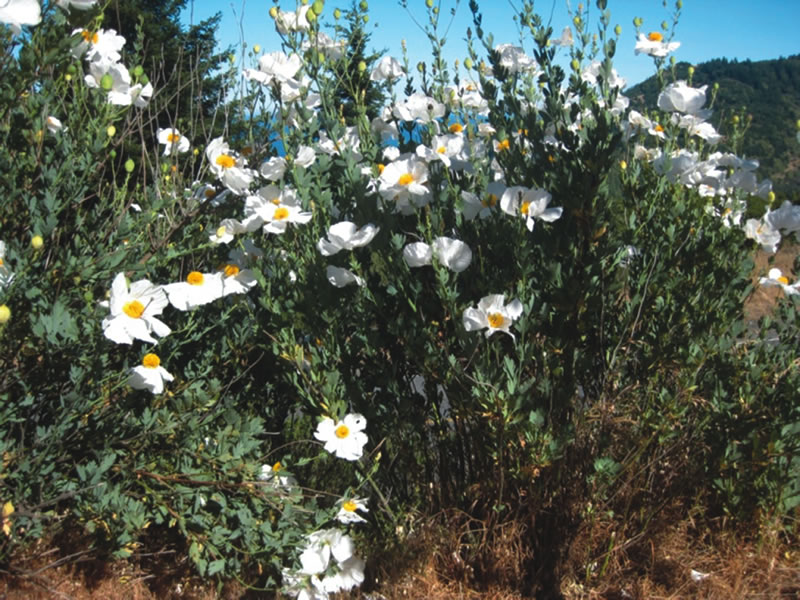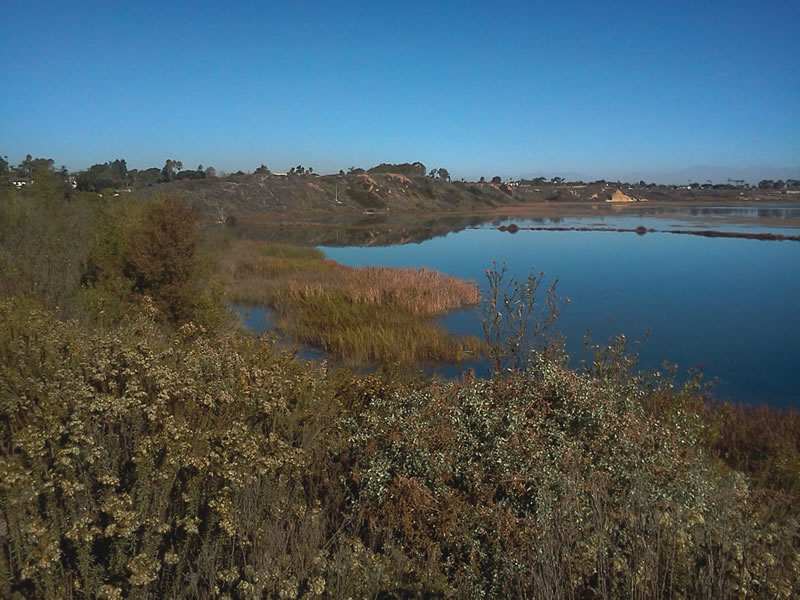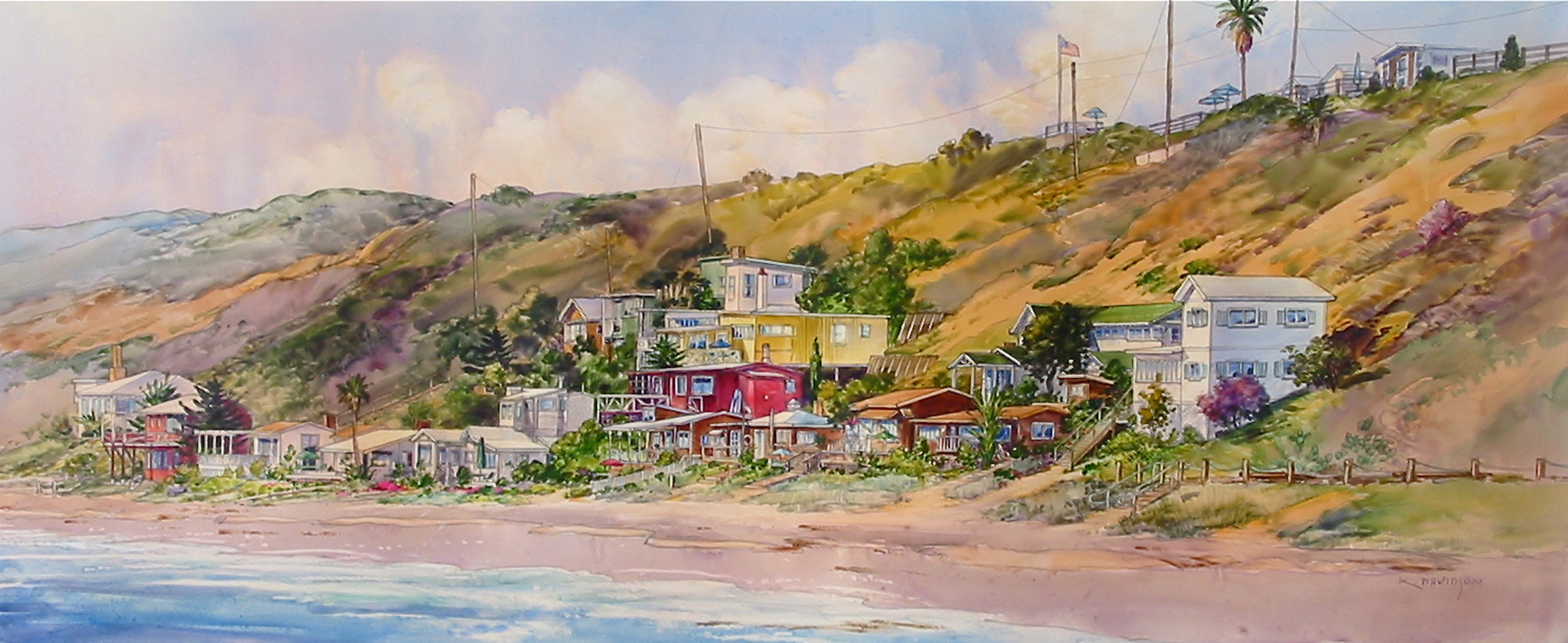Planting a Foolproof Native Garden
By Gina Dostler
 Residents of Newport and Laguna Beach are very conscious of the natural habitats that abound within their cities, from Newport’s estuary Back Bay to the rolling hillsides of Laguna’s parks that shower the eye with its abundance of native plants. James Maxwell, a horticulturist at Newport Beach’s Rogers Garden, has a love for native gardening that grows every time he helps a customer understand the ways of the natives. On Saturday, Nov. 9 at Rogers Garden, he’ll discuss the value of planting his favorites in an ornamental garden and how it keeps not only an ecological presence, but a historical preservation of our landscape history.
Residents of Newport and Laguna Beach are very conscious of the natural habitats that abound within their cities, from Newport’s estuary Back Bay to the rolling hillsides of Laguna’s parks that shower the eye with its abundance of native plants. James Maxwell, a horticulturist at Newport Beach’s Rogers Garden, has a love for native gardening that grows every time he helps a customer understand the ways of the natives. On Saturday, Nov. 9 at Rogers Garden, he’ll discuss the value of planting his favorites in an ornamental garden and how it keeps not only an ecological presence, but a historical preservation of our landscape history.
Q: Tell us a bit about yourself.
A: I’m a Brit. But more importantly I’m a horticulturist that loves everything about nature. I worked for different landscape companies, my love for nature always having been inside of me since I was a little kid. You could always find me outside somewhere, hiking through the wonderful native landscape or involved with various groups that cherished the outdoors. You can blame my wife for trekking me down here to her native homeland in southern California. How could I resist such a sunny climate?
Q: Why is a UK guy promoting his love for California natives?
A: Because I consider myself a cheerleader for nature no matter where I’m at. And as we all know the human population is increasing and suburban sprawl is etching its way through the native landscape. Yes, we need our own habitat, thus the raking of our land, leaving smaller and smaller portions of our natural landscape to remind us where we are living. We must understand we are the custodians of this land and need to preserve it even in our own backyards.
Q: Many people look at native plants just for water conservation. You see it as historical preservation as well.
A: Native plants tend to be forgotten in ornamental horticulture. It’s not appreciated enough and I can understand why. During the summer, these plants have a tendency to look stressed and dry. Not much to look at. They go to “sleep” during these times. But it’s during winter that these hardy plants come alive since most of them don’t go deciduous. They keep their foliage and become glamorous when we get our winter rains. And incorporating them into your current garden can work.
Q: Is this what you mean by fool-proofing the garden?
A: What I mean by fool-proofing is using native plants that can adapt to regular irrigation found in most gardens. Native plants are drought tolerant and don’t require the watering schedule maintained for ornamental gardens. One way of planting natives is to pair them with Mediterranean plants where they occupy the same microclimate in your garden. There are many native plants to select from.
Q: What are some of your favorite natives?
A: The manzanita is one, with many hybrids to choose for the garden. Others are the various types of sages as well as the California lilac, which can be seen throughout the local hills. Another, toyon, or better known as holly berry or Christmas Berry (and is Hollywood’s namesake) is green with orange to red berries in the winter, adding nice color during the colder months. It reminds me of the holly bush from my hometown. There is also the matilija poppy, or commonly referred to as the fried egg plant. It’s the largest native California flower and was actually up for bid as the state flower, but the California poppy won out. The matilija actually can get quite big and send long runners under ground with their aggressive root system. So it’s best to plant them in the back of the garden. They bloom around spring and early summer.
Q: So incorporating these plants in the garden preserves our native landscape.
A: Yes. And in more ways then you think. By planting native plants you bring in native wildlife that includes birds and insects. And yes, insects are good for the environment and one good reason is they attract birds. And as we all know birds not only help pollinate but bring beauty to our eyes and songs to our ears. For instance planting native buckwheat attracts both butterflies and bees and keeps our native chaparral in the landscape. It is really important for us to restore a little bit of California in our own yards so we can help preserve our California native habitat in our own home.
CONTACT INFORMATION
James Maxwell, Nursery Team Leader
Rogers Gardens
2301 San Joaquin Hills Road
Corona del Mar, CA 92625
949-640-5800





